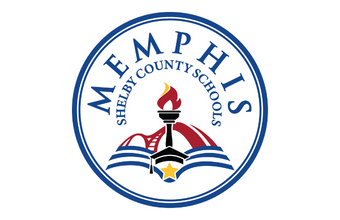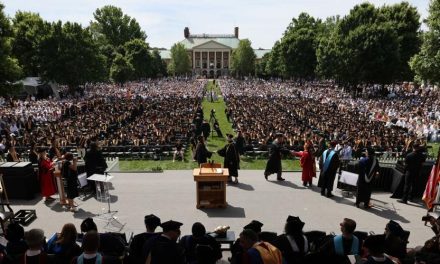Memphian Scott Newstok, who teaches English at Rhodes College, has an interesting commentary in today’s Inside Higher Ed:
What an exciting year for distance learning! Cutting-edge communication systems allowed colleges to escape the tired confines of face-to-face education. Bold new technologies made it possible for thousands of geographically dispersed students to enroll in world-class courses. Innovative assessment mechanisms let professors supervise their pupils remotely.
All this progress was good for business, too. Private entrepreneurs leapt at the chance to compete in the new distance learning marketplace, while Ivy League universities bustled to keep pace. True, a few naysayers fretted about declining student attention spans and low course-completion rates. But who could object to the expansively democratic goal of bringing first-rate education to more people than ever before? The new pedagogical tools promised to be not only more affordable than traditional classes, but also more effective at measuring student progress.
In the words of one prominent expert, the average distance learner “knows more of the subject, and knows it better, than the student who has covered the same ground in the classroom.” Indeed, “the day is coming when the work done [via distance learning] will be greater in amount than that done in the class-rooms of our colleges.” The future of education was finally here.
2012, right? Think again: 1885. The commentator quoted above was Yale classicist (and future University of Chicago President) William Rainey Harper, evaluating correspondence courses. That’s right: you’ve got (snail) mail. Journalist Nicholas Carr has chronicled the recurrent boosterism about mass mediated education over the last century: the phonograph, instructional radio, televised lectures. All were heralded as transformative educational tools in their day. This should give us pause as we consider the latest iteration of distance learning: massive open online courses (MOOCs).
In response to the “MOOC Moment,” skeptical faculty have begun questioning venture capitalists eager for new markets and legislators eager to dismantle public funding for American higher education. To their credit, some people pushing for MOOCs speak from laudably egalitarian impulses to provide access for disadvantaged students. But to what are they being given access? Are broadcast lectures and online discussions the sum of an education? Or is an education something more than “content” delivery?
To state the obvious: there’s a living, human element to education. We who cherish in-person instruction would benefit from a pithy phrase to defend and promote this millennia-tested practice. I propose that we begin calling it “close learning.” “Close learning” evokes the laborious, time-consuming, and costly but irreplaceable proximity between teacher and student. “Close learning” exposes the stark deficiencies of mass distance learning such as MOOCs, and its haste to reduce dynamism, responsiveness, presence.
Techno-utopians seem surprised that “blended” or “flipped” classrooms – combining online media with in-person discussions – are more effective than their online-only counterparts, or that one-on-one tutoring strengthens the utility of MOOCs. In spite of all the hype about interactivity, “lecturing” a la MOOCs merely extends the cliché of the static, one-sided lecture hall, where distance learning begins after the first row.
The old-fashioned Socratic seminar is where we actually find interactive learning and open-ended inquiry. In the close learning of the live seminar, spontaneity rules. Both students and teachers are always at a crossroads, collaboratively deciding where to go and where to stop, how to navigate and how to detour, and how to close the distance between a topic and the people discussing it. For the seminar to work, certain limits are required (most centrally, a limit in size). But these finite limits enable the infinity of questioning that is close learning. MOOCs claim to abolish those limits, while they paradoxically reinstate them. Their naïve model assumes that there is always total transparency, that passively seeing (watching a lecture, or a virtual simulation) is learning.
A Columbia University neuroscientist, Stuart Firestein, recently published a polemical book titled Ignorance: How It Drives Science. Discouraged by students regurgitating his lectures without internalizing the complexity of scientific inquiry, Firestein created a seminar to which he invited his colleagues to discuss what they don’t know. As Firestein repeatedly emphasizes, it is informed ignorance, not information, that is the genuine “engine” of knowledge. His seminar demonstrates that mere data transmission from teacher to student doesn’t produce deep learning. It’s the ability to interact, to think hard thoughts alongside other people.
In a seminar, a student can ask for clarification, and challenge a teacher; a teacher can shift course when spirits are flagging; a stray thought can spark a new insight. Isn’t this the kind of nonconformist “thinking outside the box” that business leaders adore? So why is there such a rush to freeze knowledge and distribute it in a frozen form? Even Coursera co-founder Andrew Ng concedes that the real value of a college education “isn’t just the content…. The real value is the interactions with professors and other, equally bright students.”
To read more, click here.




